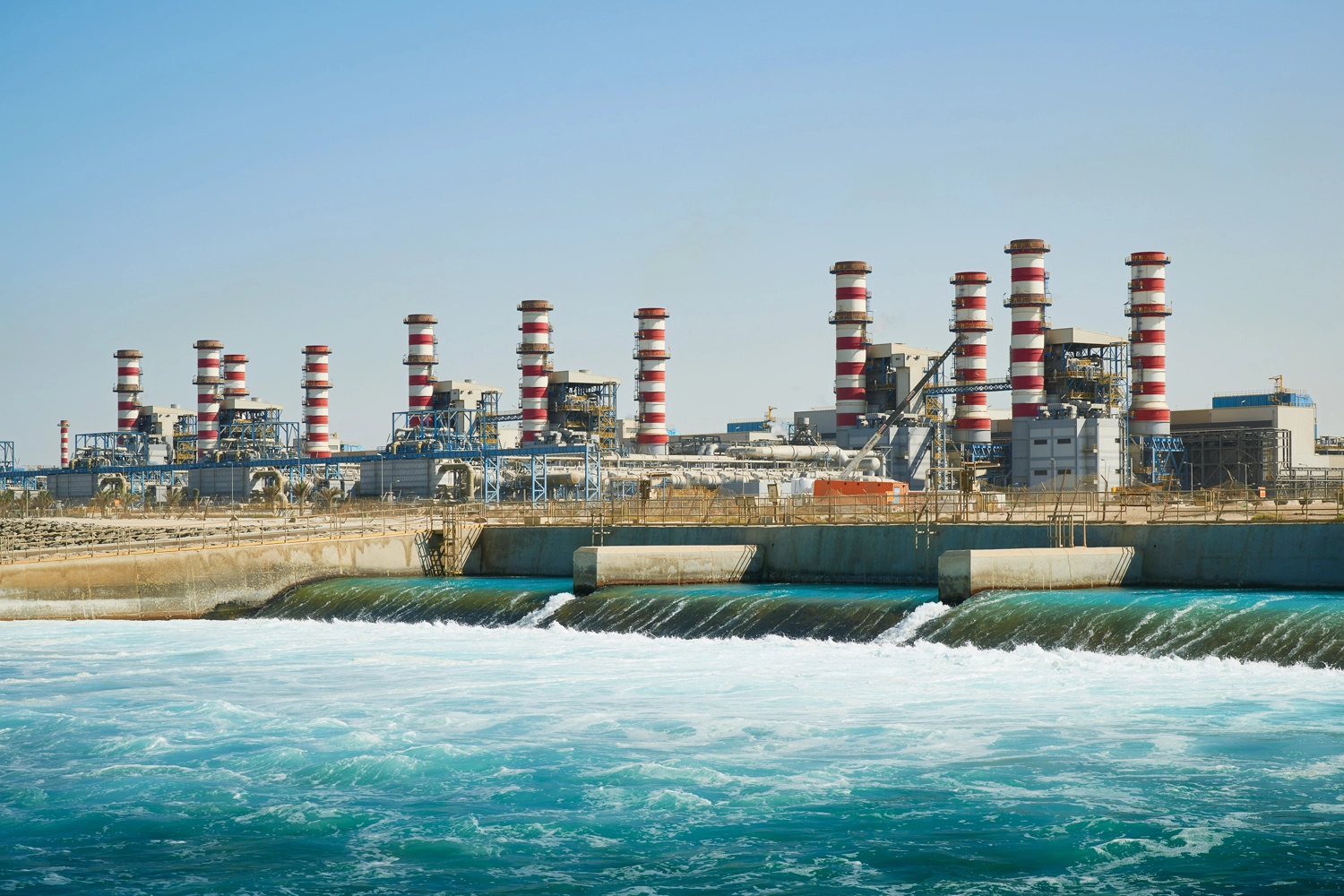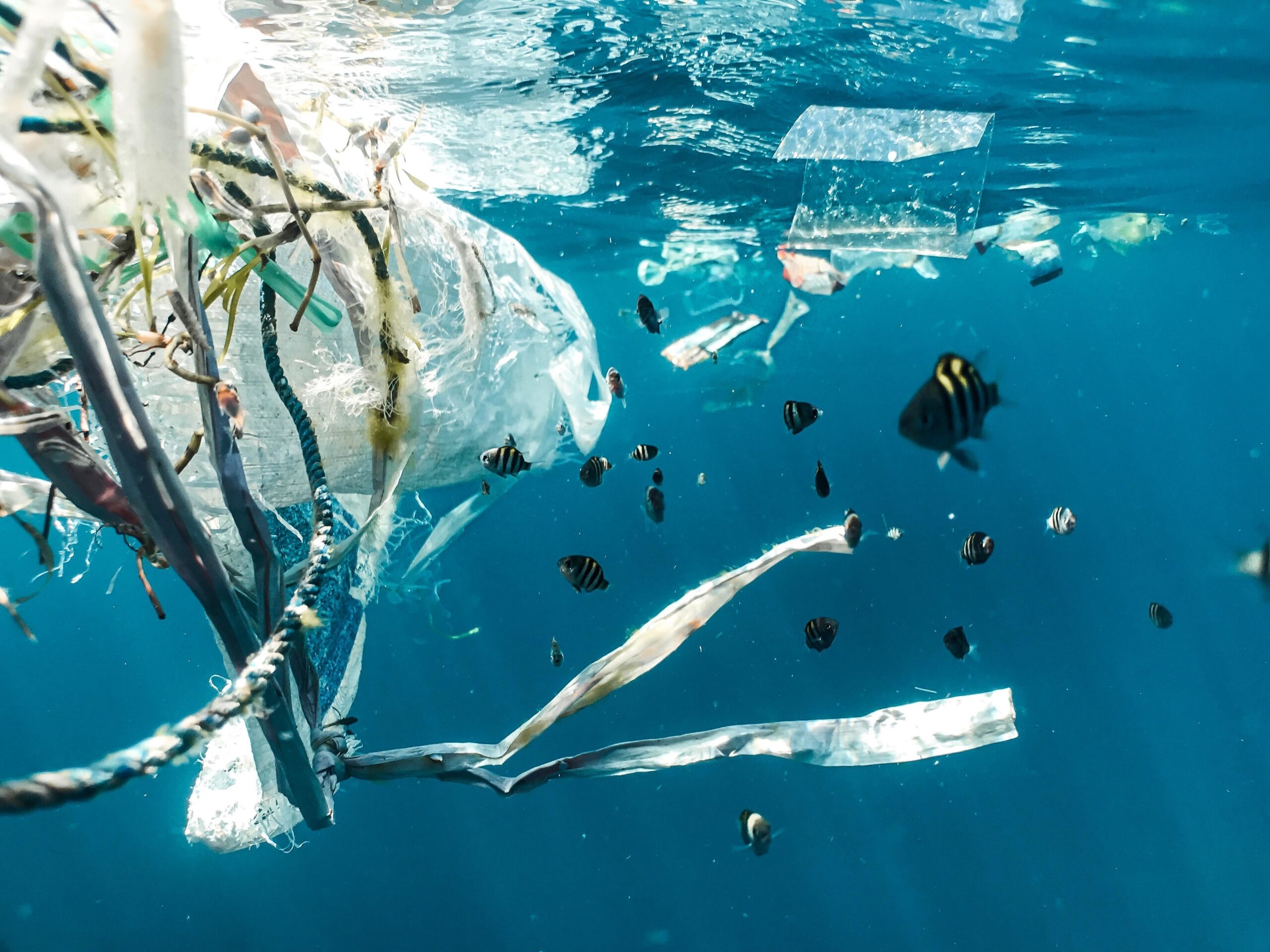Environmental engineering solutions have become paramount in addressing the myriad of environmental challenges faced by our planet today. With the growing concerns over climate change, pollution, and the depletion of natural resources, innovative and sustainable approaches are needed more than ever. One promising field that has emerged in this context is ocean engineering, which offers a unique perspective and a wealth of solutions to some of the most pressing environmental issues.
The Role of Environmental Engineering Solutions
Environmental engineering solutions encompass a wide range of practices aimed at improving and maintaining the health of our environment. These environmental engineering solutions are designed to mitigate the impact of human activities on natural ecosystems, ensure the sustainable use of resources, and promote the well-being of all living organisms. Key areas include:
- Waste Management: Innovative recycling and waste treatment processes that minimize landfill use and reduce pollution.
- Water Treatment: Advanced technologies for purifying drinking water and treating wastewater to protect water resources.
- Air Quality Control: Methods to reduce emissions from industrial processes and transportation, improving air quality.
- Renewable Energy: Development and implementation of renewable energy sources like solar, wind, and hydropower to reduce reliance on fossil fuels.
Among these diverse areas, ocean engineering stands out due to its potential to address specific environmental challenges associated with the world’s oceans.
Ocean Engineering: A Frontier for Environmental Solutions
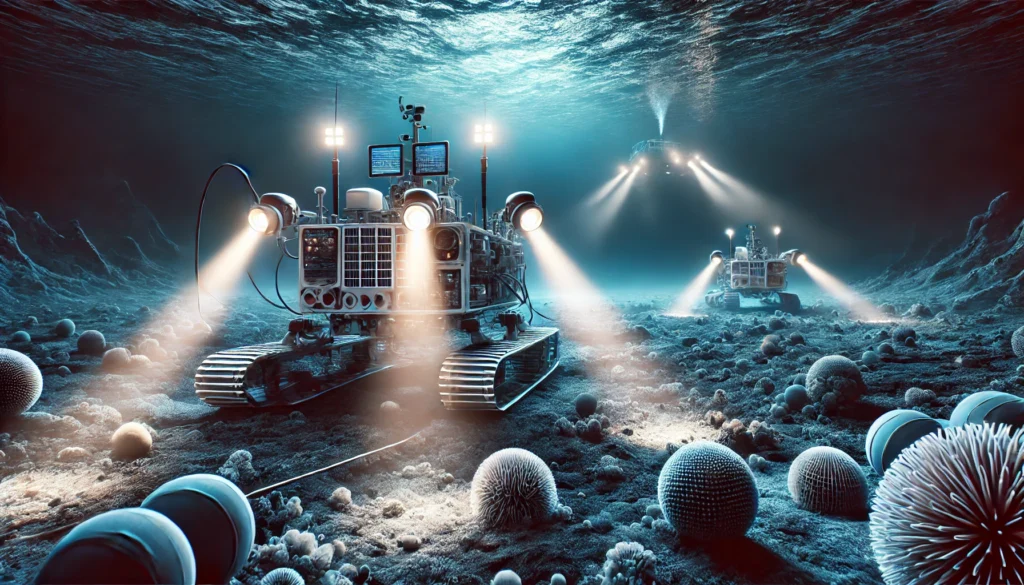
Ocean engineering is a branch of engineering focused on the development and application of technologies and systems to explore, utilize, and protect oceanic environments. This field integrates principles from mechanical, electrical, civil, and environmental engineering to solve problems related to the ocean. It is particularly significant in the context of environmental engineering solutions due to the vast and often untapped potential of the ocean.
Marine Renewable Energy
One of the most promising aspects of ocean engineering is marine renewable energy. The oceans are a tremendous source of renewable energy, and harnessing this energy can significantly contribute to global sustainability efforts and provide environmental engineering solutions. Key technologies include:
- Offshore Wind Farms: Wind turbines installed in ocean waters where wind speeds are consistently high. Offshore wind farms have the potential to generate significant amounts of electricity without the land use conflicts associated with onshore wind farms. Hornsea One – Located off the coast of Yorkshire, England, Hornsea One is the world’s largest offshore wind farm, with a capacity of 1.2 gigawatts (GW). It provides power to over a million homes and demonstrates the feasibility and scale of offshore wind energy.
- Wave Energy: Devices that capture the energy of ocean waves and convert it into electricity. This technology is still in its nascent stages but holds great potential for coastal regions. Pelamis Wave Power – In Portugal, the Pelamis Wave Energy Converter was one of the first wave power projects. Although no longer operational, it paved the way for advancements in wave energy technology.
- Tidal Energy: Utilizing the rise and fall of ocean tides to generate electricity. Tidal energy is highly predictable and reliable compared to other renewable sources. Sihwa Lake Tidal Power Station – Located in South Korea, this is the world’s largest tidal power installation, with a capacity of 254 megawatts (MW). It exemplifies how tidal power can be harnessed on a large scale.
Marine Pollution Mitigation
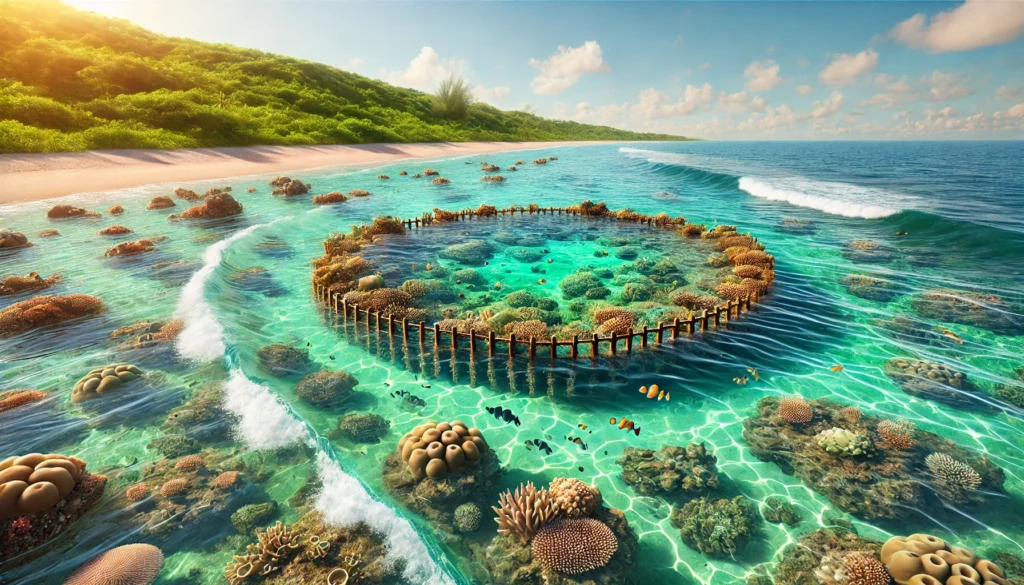
Another critical area where ocean engineering contributes to environmental engineering solutions is in mitigating marine pollution. Oceans are facing severe pollution challenges, including plastic debris, oil spills, and chemical contaminants. Ocean engineering offers innovative approaches to address these issues:
- Plastic Pollution: Engineering solutions include the development of devices and systems to collect and remove plastic waste from the ocean. The Ocean Cleanup – This initiative uses large-scale floating barriers to capture and remove plastic from the Great Pacific Garbage Patch. The project aims to remove 90% of ocean plastic by 2040.
- Oil Spill Response: Technologies for containing and cleaning up oil spills are essential to protect marine ecosystems. Deepwater Horizon Oil Spill – In response to the 2010 disaster, numerous technologies were deployed, including containment booms, skimmers, and dispersants. Research and development in oil spill response technology have advanced significantly since this incident.
- Chemical Contaminants: Innovative filtration and bioremediation techniques are being developed to remove harmful chemicals from ocean water. Bioremediation of Oil Spills – The use of hydrocarbon-degrading bacteria to clean up oil spills is a promising field. Projects like the use of Alcanivorax borkumensis bacteria have shown success in breaking down oil in marine environments.
Coastal Protection and Habitat Restoration
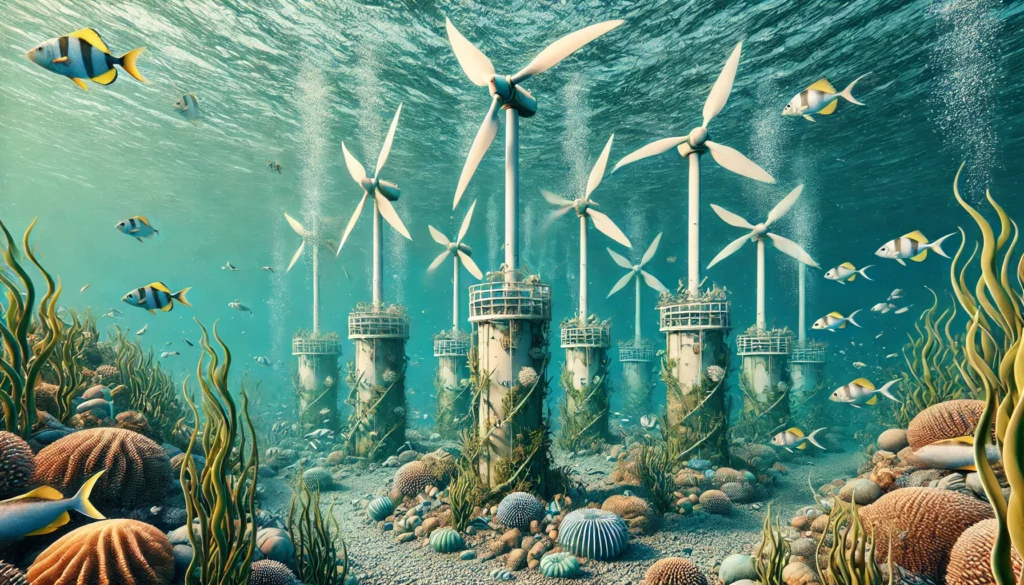
Ocean engineering also plays a crucial role in protecting coastal areas and restoring marine habitats. Coastal regions are vulnerable to erosion, sea-level rise, and extreme weather events. Environmental engineering solutions can help mitigate these impacts and promote ecosystem recovery:
- Coastal Erosion Control: Structures such as seawalls, breakwaters, and artificial reefs can protect shorelines from erosion and storm surges. Maldives Artificial Reefs – To combat coastal erosion and protect against rising sea levels, the Maldives has implemented artificial reef structures, which also enhance marine biodiversity.
- Habitat Restoration: Engineering projects aimed at restoring damaged or degraded marine habitats, such as coral reefs and mangroves, are critical for biodiversity conservation. Coral Restoration in the Florida Keys – The Coral Restoration Foundation is using innovative techniques to grow and transplant corals, helping to restore damaged reef ecosystems.
Marine Resource Management
Effective management of marine resources is another area where ocean engineering intersects with environmental engineering solutions. Sustainable practices are necessary to ensure the long-term health and productivity of ocean ecosystems:
- Sustainable Fisheries: Technologies for monitoring and managing fish populations to prevent overfishing and support sustainable fisheries. Electronic Monitoring in Alaska – The use of electronic monitoring systems on fishing vessels in Alaska helps ensure compliance with fishing regulations and supports sustainable fishing practices.
- Aquaculture Innovations: Engineering advances in aquaculture can increase the efficiency and sustainability of seafood production. Offshore Aquaculture in Norway – Norway is a leader in sustainable aquaculture, using offshore facilities that reduce environmental impact and increase production efficiency.
Ocean Exploration and Research
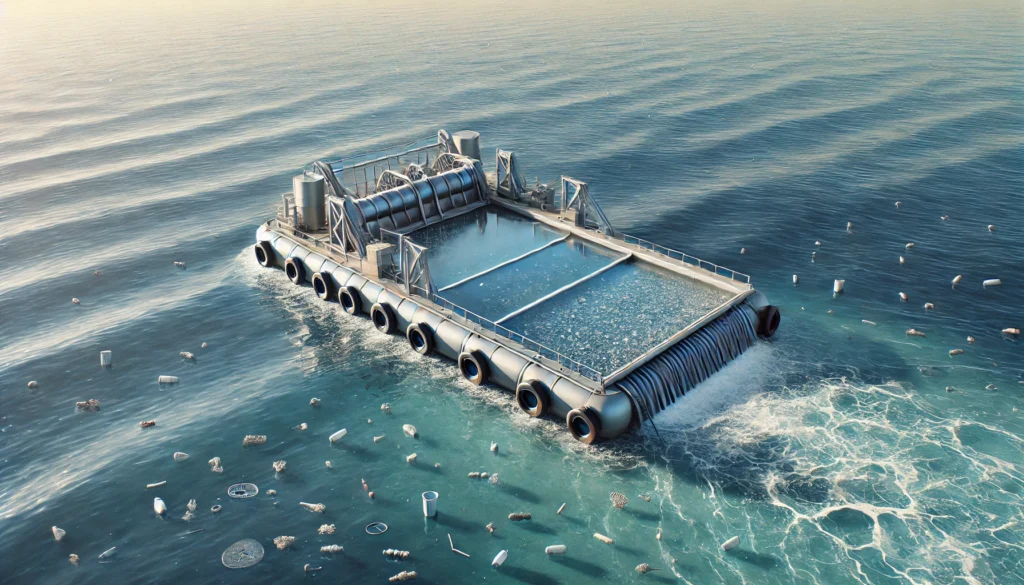
Finally, ocean engineering contributes to environmental engineering solutions through advancements in ocean exploration and research. Understanding the ocean’s complex systems is crucial for developing effective conservation strategies:
- Deep-Sea Exploration: Technologies for exploring the deep ocean, such as remotely operated vehicles (ROVs) and autonomous underwater vehicles (AUVs), provide valuable data for scientific research. Deepsea Challenger – James Cameron’s Deepsea Challenger expedition to the Mariana Trench showcased the potential of deep-sea exploration technologies for scientific discovery.
- Marine Monitoring: Systems for monitoring ocean conditions, such as buoys and underwater sensors, help track changes in the marine environment and inform conservation efforts. Argo Program – The Argo Program deploys a global array of profiling floats that measure temperature, salinity, and other oceanographic parameters, providing critical data for climate and ocean research.
Conclusion
Environmental engineering solutions are essential for addressing the global environmental challenges we face today. Ocean engineering, with its innovative technologies and approaches, offers a unique and valuable perspective on these environmental engineering solutions. From harnessing marine renewable energy to mitigating marine pollution, protecting coastal areas, managing marine resources, and advancing ocean research, ocean engineering is at the forefront of efforts to create a sustainable future.
By continuing to invest in and develop these technologies, we can ensure that our oceans remain a vital and healthy part of our planet’s ecosystem. The integration of ocean engineering with broader environmental engineering solutions holds the promise of a cleaner, more sustainable world for future generations.








